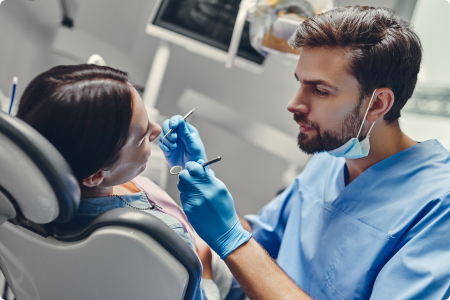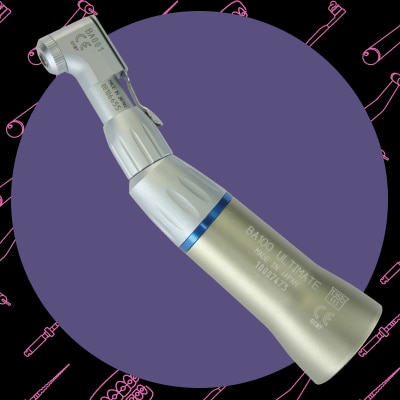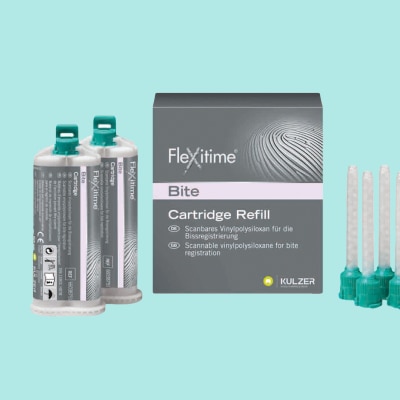Last year was far from conventional for the dental industry with the impact of coronavirus felt heavily once again. Though an improvement on the year before, the profession still faced enormous challenges around treatment restrictions. This is reflected in some of the UK dental statistics featured in this article and originally published by the BDIA. Here are some of the standout takeaways from 2021:
How many dentists are there in the UK?
By the end of the period covered, there were 41,710 registered dentists in the UK. This figure was 1.6% up on the previous year and 23.8% up on 2005/6.
For the second year running there was an exact 50/50 split between male and female dentists. This represents an increase of 13 percentage points on 2005/06 when only 37% of registered dentists were women. The number of registered dental care professionals also increased on last year with a 1.2% rise bringing the total to 71,995 DCPs.
The majority of these are dental nurses, of whom there are now 59,797. This is 1.4% more than in the previous year. Of the other DCP groups, orthodontic therapists saw the biggest increase in numbers with a 10.7% increase. The number of dental technicians bore the biggest decline – down 2.3% to 5,801.
How many NHS dentists are there in the UK?
Of the UK’s 41,710 registered dentists, 29,491 are NHS high street dentists. This is a 0.5% increase on the previous year and 17% up on 2005/06.
Private high street dentists accounted for 5,980 of the registered dentists. This is an increase of 58% versus 2008/09 when first estimated. The number of UK hospital dentists was also up on the previous year with 3,682 dentists - a jump of 3.7%.
There are now 1,630 registered community dentists in the UK. This is 8% more than the previous year, but 18.9% less than in 2005/06.

How many UK high street dental practices are there?
For the first time in ten years, the number of NHS high street practices increased on the prior year. By the end of the year, there were 8,732 NHS high street practices in the UK. This is still some 20% short of the number of practices operating in 2005/06. The number of purely private practices is now 3,320. This is over 46% more than in 2009/10 when private figures were first recorded.
The trend of practices moving away from being NHS and into private care is expected to continue and show up once again in the 2022 dental statistics. According to BDA chief executive Martin Woodrow, this transition is being primarily driven by private practices not being as constrained by infection prevention and control (IPC) measures as NHS practices.
How many students apply to dental school each year?
The number of students applying for dental school has remained fairly consistent for the past 15 years. Dental student intake of 1,121 was a 1.8% increase on the previous year. This figure was down 12.3% compared to 2010/11’s peak intake. Dental student intake for last year consisted of 61% women and 39% men. This was a year-on-year fall of 4 percentage points for women and a 4% increase for men.
Dental treatment volumes
One of the sharpest declines revealed by the findings was in the number of adult courses of treatment provided. Total courses of treatment were down 67.4% versus the previous year. Around 8.8 million courses of treatment were given during the period compared to roughly 27 million over the 12 months prior.
In terms of procedures, the biggest decrease was in scale and polish which was down 86% year-on-year.
Key financial findings
- Real net profit for NHS owners in England down by 3% on previous year
- Gross spend on NHS high street dentistry up 5.8% to £3,680m
- Gross spend on NHS private high street dentistry down 5% to £4,938m
- £8,618m total UK spend on high street dentistry













